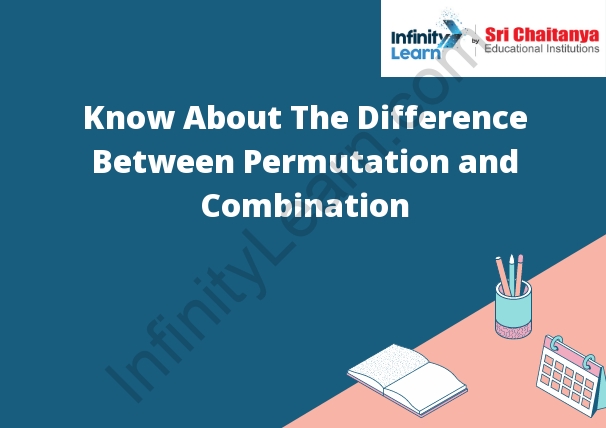Table of Contents
Difference Between Permutation and Combination
permutation vs combination: The main difference between permutations and combinations is that permutations always involve order, while combinations do not. Permutations are also more difficult to calculate than combinations.
Permutations are a combination in which the order of the items matters. For example, if you have four items and want to permute them, there are 24 different permutations (4! = 4x3x2x1). There are four different ways to order the items (1,2,3,4; 2,1,4,3; 3,2,1,4; 4,3,2,1), and each of those orders can be repeated twice.
On the other hand, combinations are a type of combination in which the order of the items does not matter. For example, if you have four items and want to combine them, there are only six different combinations (4!/2! = 4x3x2x1/2! = 6). This is because there are only six different ways to order the items (1,2,3,4; 1,3,2,4; 2,1,4,3; 2,3,1,4; 3,1,2,4; 4,1,2,3), and each of those orders can be repeated twice.

What is Permutation?
A permutation is an arrangement of objects in a particular order. In other words, it is a way of organizing a set of things by putting them into a specific sequence.
There are Two Types of Permutation:
- Permutation with Repetition: In this type of permutation, the order of the elements is important, and the same element can appear more than once.
- Permutation without Repetition: In this type of permutation, the order of the elements is not important, and the same element cannot appear more than once.
What is Combination?
A combination lock is a type of lock that uses a set of numbers or symbols to unlock it.
Difference between Permutation and Combination with Examples
Permutation
A permutation is a particular ordering of a set of distinct objects. The order of the objects matters. For example, the permutation {1,2,3} is different from the permutation {3,1,2}.
Combination
A combination is a selection of a subset of a set of objects without regard to the order of the objects. The order of the objects does not matter. For example, the combination {1,2,3} is the same as the combination {3,1,2}.
How to Differentiate Between Permutation and Combination
Permutations and combinations are two mathematical concepts that are often confused with one another. The best way to differentiate between them is to remember that permutations are all possible orderings of a set of objects. At the same time, combinations are a specific selection of objects from a set. In other words, permutations are a way of counting all the possible ways something can be arranged, while combinations are all the possible ways something can be selected.
Similarities Between Permutation and Combination
- Both are methods for counting objects.
- can calculate the number of possible outcomes for a given event.
- Both are mathematical operations that result in a new set of objects.
How can students revise for Permutations and Combinations?
A student can revise for permutations and combinations on Infinity Learn by practicing the question types that are likely to appear in the exam. A student can also try attempting various mock tests to get an idea of the types of questions asked in the exam and the level of difficulty. Additionally, practicing shortcuts and formulae can help students save time while solving questions.
Where will students find out about the difference between Permutations and Combinations online?
There is no specific place where students can find information about the difference between permutations and combinations. However, many online resources, including textbooks and websites, explain these terms and their differences.








